Cheylesmore Manor Gatehouse
All that remains of the medieval palace of the famous "Black Prince."
Cheylesmore Manor was built around 1257 by the English Earl of Arundel. By 1320 it was in the ownership of Queen Isabella, wife of King Edward II, who spent a lot of time here. Along with the surrounding Cheylesmore hunting park, it was passed to her famous grandson, Edward the Black Prince, posthumously nicknamed either for the black armor he wore or his cruelty against his enemies in battle, or perhaps both.
At that time, in the 14th century, the Cheylesmore timber house was the only non-fortified royal palace in England outside London. It is reported that the Black Prince also spent a lot of time here, when not campaigning overseas during the Hundred Years’ War.
Edward was heir to the throne but died before his father, and so the throne was passed to the Black Prince’s son, who became King Richard II. Edward spent most of his life in the military, at which he excelled, and eventually died of illness. His body lies in an impressive bronze tomb at Canterbury Cathedral.
By the 16th century, Cheylesmore Manor had started to decline. All that remains now is the gatehouse and a couple of small side wings. In 1968, the historic building was bought by Coventry City Council and became Coventry’s Register Office. A modern office building was built onto the property, but the gatehouse was restored and is used today for civil marriage ceremonies and other special occasions.
Know Before You Go
The outside of the building can be freely accessed. There are two information boards on or near the building. The Register Office will sometimes allow people to view the marriage rooms if they are planning a wedding. There are three restored rooms, the Manor Room, Library Room, and the largest, the Black Prince Room.

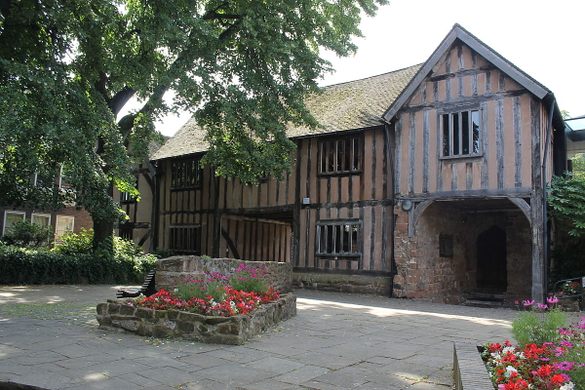
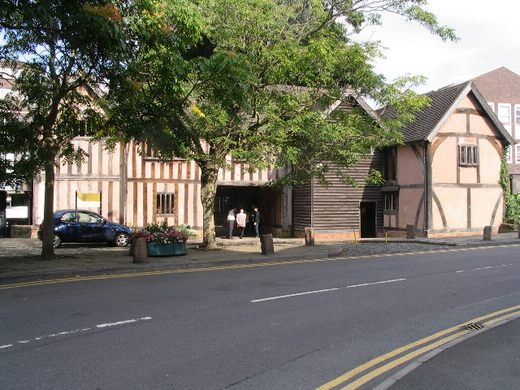
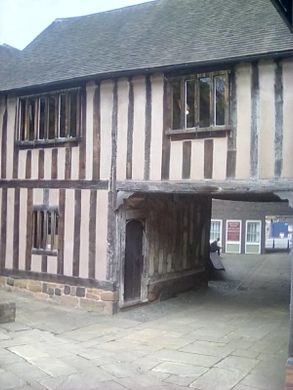
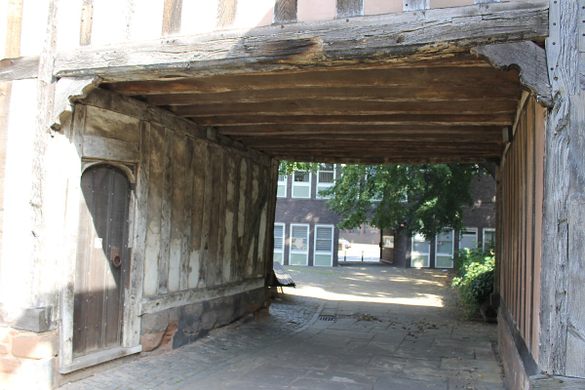







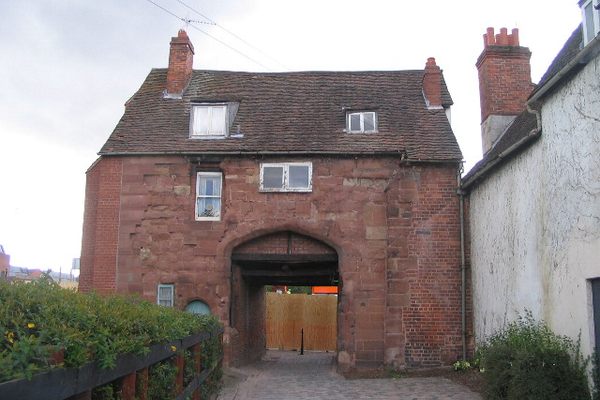


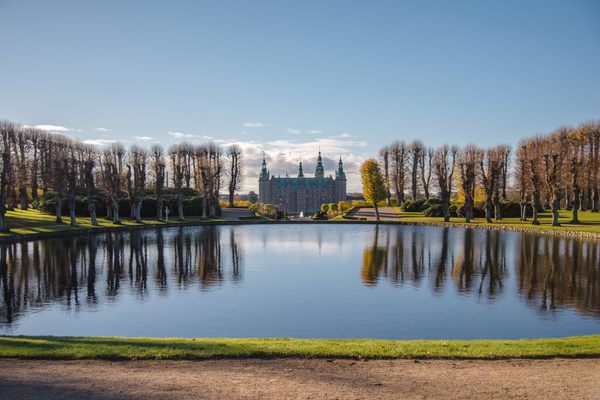


Follow us on Twitter to get the latest on the world's hidden wonders.
Like us on Facebook to get the latest on the world's hidden wonders.
Follow us on Twitter Like us on Facebook